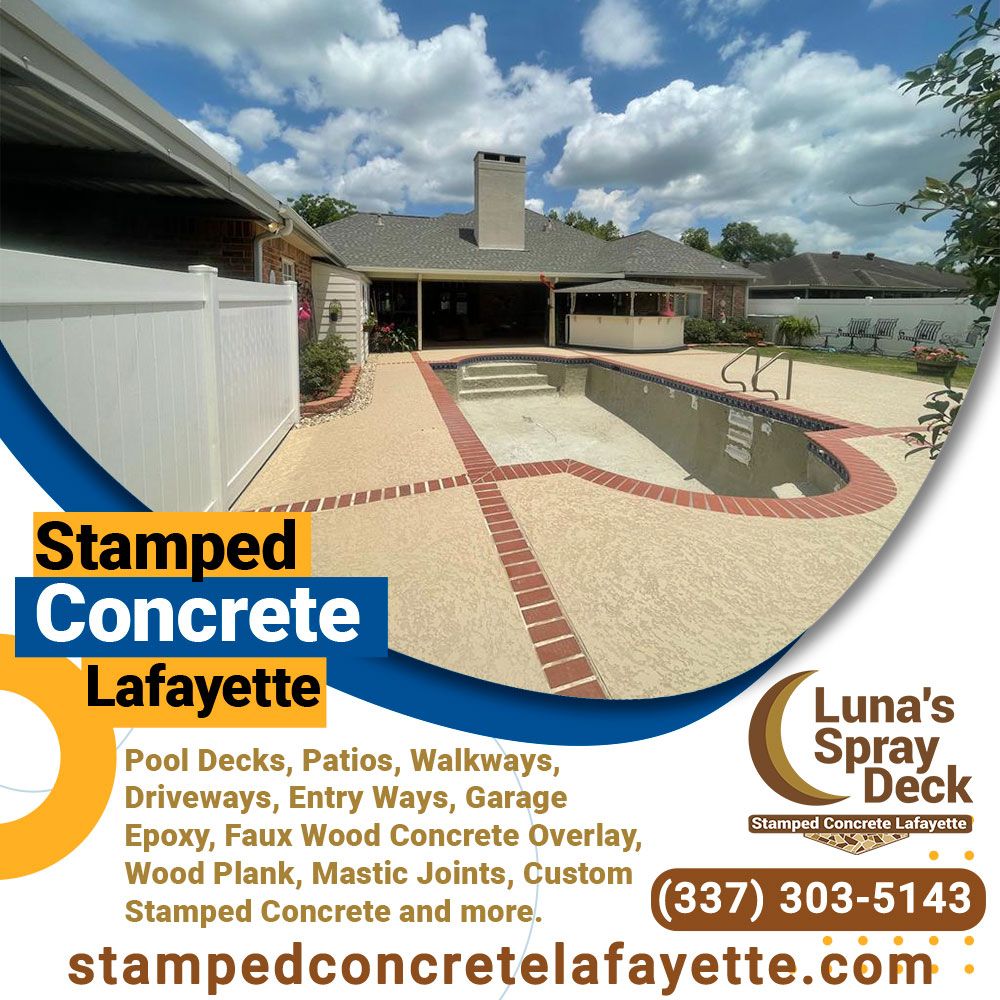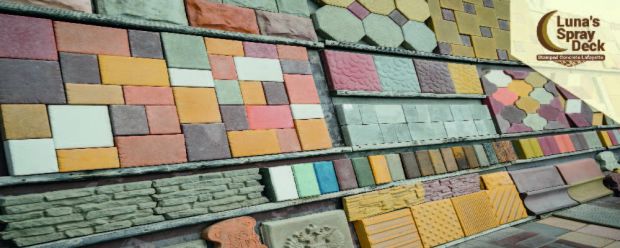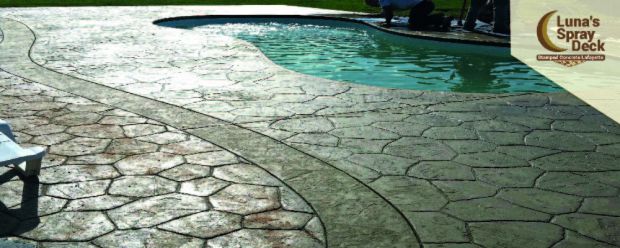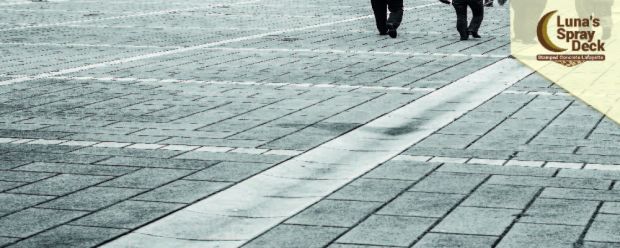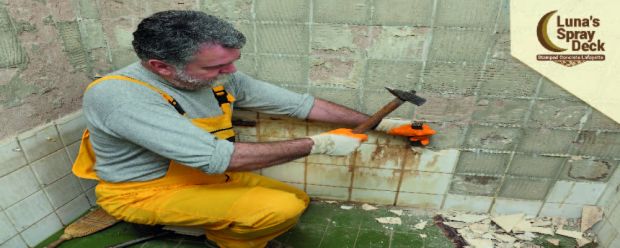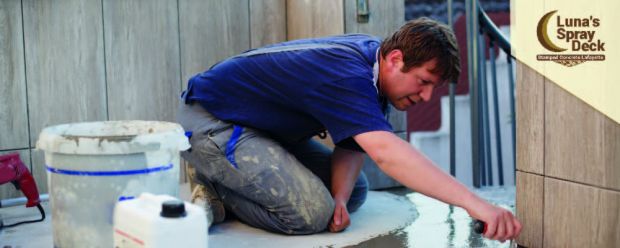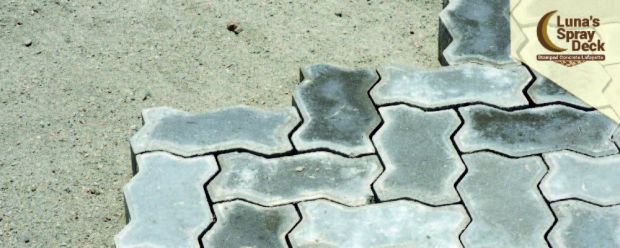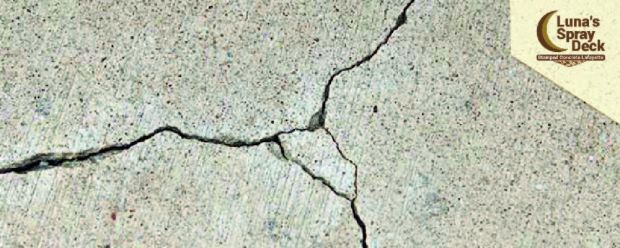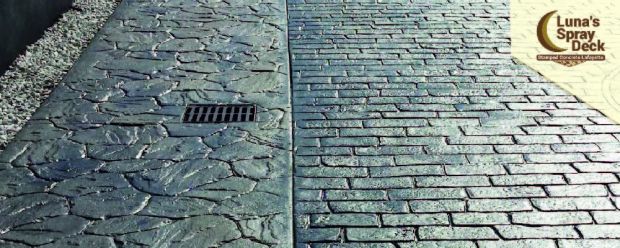BLOG
What is the process for placing stamped concrete?
We tell you what is the long process to carry out the installation of the stamped concept.
The laying process consists of:
1. Choose concrete with the appropriate characteristics for the project. There are several types of concrete, including:
to. Simple concrete
b. Reinforced concrete
c. Concrete with fibers
2. Determine the color, texture and shape of the molds to use, depending on the architectural design. It is important to take into account the number of molds and personnel before starting the work because when it comes to stamped concrete there is only a small window of time to carry out the work, especially if the work is in a place with a warm climate .
3. The type of pigmentation is chosen, which can be integral or dry-watered. It should be clarified that for other types of decorative concretes there are alternative pigmentation methods.
4. The concrete is then placed in the traditional way and a release agent is applied.
that facilitates the removal of the molds. It must be a release agent that will not affect the placement of the surface sealer that will be used as a finish.
5. Once the above is done and when the initial setting occurs, the molds must be presented on the concrete surface to start the stamping of the selected design.
The time of this operation is critical because if it is started too early the molds will tend to sink or the concrete will not retain the printed texture, on the contrary starting too late will force the stamper to use more force to print the stamping. For this reason it is important that the workforce is qualified and with extensive experience in order to ensure the final result. The right tools should also be used, for example, deciding whether rigid or flexible molds will be used, each one has its advantages and disadvantages: rigid molds allow the stamping to start sooner than flexible ones, but the latter make it easier for the stamper to "feel" the surface while the work is done, it also requires tampers that provide the necessary force so that the chosen texture is printed on the concrete correctly, finally the necessary manual tools to outline and detail the work.
6. After the concrete is stamped, the forms should be removed with care to avoid damaging the stamped design.
In some parts, the use of "skins" will be required to print the texture where the mold has not reached. It will also be necessary to use delineation tools to outline those areas where repairs are required.
7. It is necessary to use special curing membranes or water to cure the concrete and minimize the risk of cracking.
8. Once the concrete has hardened and taking care of the times, the joint cuts should be made to avoid cracking.
9. It is also important to wash the concrete to ensure the adhesion of the joint seals and acrylic sealer that will be applied as a final finish.
10. After the time necessary for a high percentage of contraction to appear in the concrete, normally more than 28 days, the joints should be sealed, which should be clean and dry.
Use of a sealer is recommended
semi-rigid to make this seal.
11. Finally, and to maximize the aesthetic properties of the concrete, a sealer should be applied, generally acrylic, which also serves to protect the stamped concrete and facilitate maintenance.
Source: revistacyt
Pool Decks, Patios, Walkways, Driveways, Entry Ways, Garage Epoxy, Faux Wood Concrete Overlay, Wood Plank, Mastic Joints, Custom Stamped
